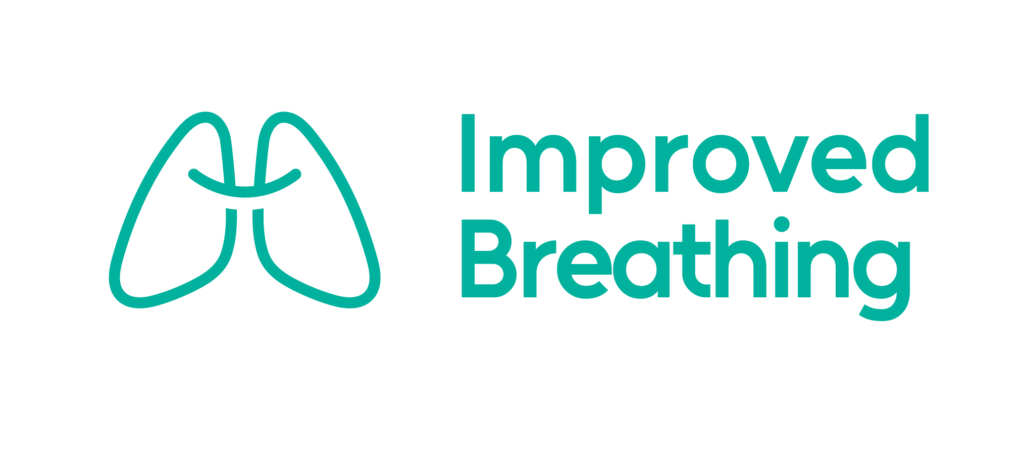Living with chronic bronchitis can be challenging, especially for those already dealing with other long-term lung conditions such as emphysema, COPD, or asthma. This persistent inflammation of the bronchial tubes can significantly impact your quality of life, but with the right strategies and support, it’s possible to manage symptoms and maintain a fulfilling lifestyle. In this blog post, we’ll explore what chronic bronchitis is, how it relates to other lung conditions, and provide practical tips for living well despite this condition.
Understanding Chronic Bronchitis
Chronic bronchitis is a type of chronic obstructive pulmonary disease (COPD) characterized by long-term inflammation and irritation of the bronchial tubes. These are the airways that carry air to and from your lungs. When you have chronic bronchitis, these airways are constantly inflamed and produce excess mucus, making it difficult to breathe.
The primary symptoms of chronic bronchitis include:
- Persistent cough with mucus production
- Shortness of breath, especially during physical activities
- Wheezing
- Chest discomfort
- Fatigue
For those already dealing with conditions like emphysema, COPD, or asthma, chronic bronchitis can exacerbate existing symptoms and create additional challenges in managing overall lung health.
The Connection to Other Lung Conditions
It’s important to understand how chronic bronchitis relates to other lung conditions:
- COPD: Chronic bronchitis is one of the two main types of COPD, along with emphysema. Many people with COPD experience symptoms of both conditions.
- Emphysema: While chronic bronchitis affects the airways, emphysema damages the air sacs in the lungs. Both conditions often occur together and are the two main components of COPD.
- Asthma: Although asthma is a different condition, it shares some similarities with chronic bronchitis, such as inflammation of the airways and breathing difficulties. Some people may have both conditions, known as Asthma-COPD Overlap Syndrome (ACOS).
Managing Chronic Bronchitis
Living with chronic bronchitis requires a multifaceted approach to manage symptoms and maintain lung function. Here are some strategies that can help:
1. Quit Smoking
If you smoke, quitting is the single most important step you can take to improve your lung health. Smoking is the primary cause of chronic bronchitis and continues to irritate the airways if you don’t quit. Talk to your healthcare provider about smoking cessation programs and aids that can help you quit.
2. Avoid Irritants
Minimize exposure to air pollution, dust, and chemical fumes. Use air purifiers at home and wear a mask when necessary, especially on days with poor air quality.
3. Practice Good Hygiene
Wash your hands frequently and avoid touching your face to reduce the risk of respiratory infections, which can worsen chronic bronchitis symptoms.
4. Stay Active
Regular exercise can help improve your lung function and overall health. Start with low-impact activities like walking or swimming, and gradually increase intensity as tolerated. Always consult with your healthcare provider before starting a new exercise regimen.
5. Use Proper Breathing Techniques
Learn and practice breathing techniques such as pursed-lip breathing and diaphragmatic breathing. These can help you manage shortness of breath and improve oxygen intake.
6. Follow Your Treatment Plan
Adhere to the treatment plan prescribed by your healthcare provider. This may include:
- Bronchodilators to relax and open your airways
- Inhaled or oral corticosteroids to reduce inflammation
- Oxygen therapy for severe cases
- Pulmonary rehabilitation programs
7. Stay Hydrated
Drinking plenty of water can help thin mucus secretions, making them easier to clear from your airways.
8. Use Airway Clearance Techniques
Learn techniques like chest physiotherapy or using an oscillating positive expiratory pressure device to help clear mucus from your lungs.
9. Get Vaccinated
Stay up to date with flu and pneumonia vaccines to prevent respiratory infections that can exacerbate your condition.
10. Manage Stress
Chronic lung conditions can be stressful. Practice stress-reduction techniques such as meditation, deep breathing exercises, or engaging in hobbies you enjoy.
Living Well with Chronic Bronchitis
While chronic bronchitis presents challenges, it’s possible to maintain a good quality of life with proper management. Here are some additional tips:
- Join a Support Group: Connecting with others who have similar experiences can provide emotional support and practical advice.
- Plan Ahead: Be prepared for flare-ups by having an action plan in place with your healthcare provider.
- Modify Your Home: Make your living space lung-friendly by removing dust-collecting items, using hypoallergenic bedding, and maintaining good air quality.
- Pace Yourself: Learn to balance activity with rest to conserve energy and reduce breathlessness.
- Eat a Healthy Diet: A nutritious diet can help support your immune system and overall health.
- Communicate with Your Healthcare Team: Keep your doctors informed about any changes in your symptoms or concerns you may have.
Conclusion
Living with chronic bronchitis, especially alongside other lung conditions, requires ongoing effort and adaptation. However, by understanding your condition, following your treatment plan, and implementing lifestyle changes, you can effectively manage your symptoms and lead a fulfilling life. Remember, you’re not alone in this journey. With the support of your healthcare team, loved ones, and fellow patients, you can face the challenges of chronic bronchitis with resilience and hope.
Always consult with your healthcare provider for personalized advice and treatment options tailored to your specific situation. By taking an active role in your health management, you can breathe easier and enjoy a better quality of life despite chronic bronchitis.













